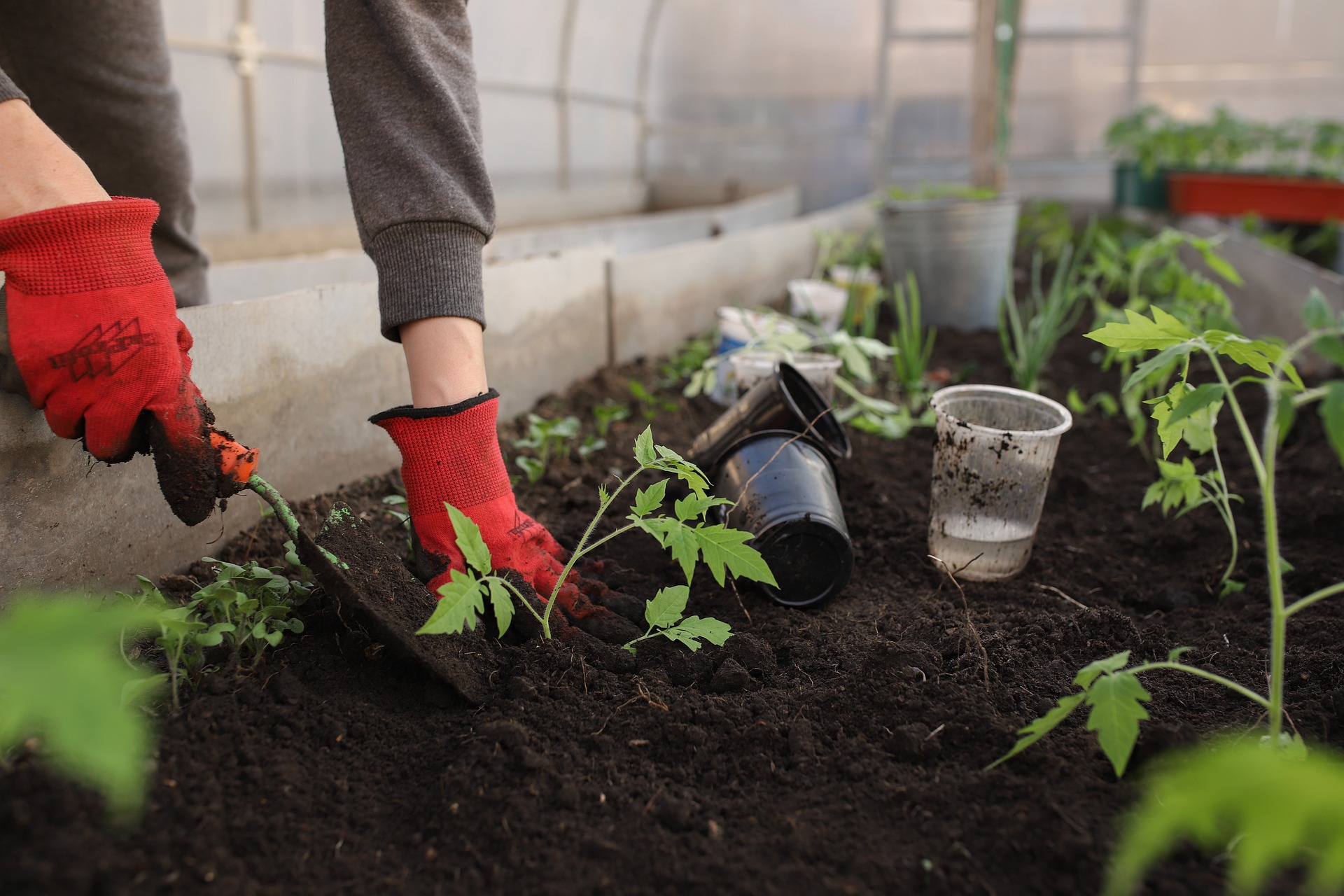Smart irrigation and drainage tactics to protect foundations and beds
Practical irrigation and drainage strategies can prevent water damage to foundations and garden beds while supporting healthy plant growth. This article outlines soil-friendly irrigation methods, basic drainage techniques, maintenance habits, and simple hardscaping ideas to manage moisture around structures and planting areas.

Water is essential for gardens, but unmanaged moisture is a leading cause of foundation problems and stressed planting beds. Smart irrigation and deliberate drainage planning balance plant needs with structural protection: directing excess water away from foundations, improving soil infiltration where appropriate, and using maintenance routines that reduce long-term repair needs. Integrating techniques like grading, targeted watering, and appropriate mulching helps protect structures and supports resilient landscaping over time.
How does irrigation affect foundations?
Irrigation systems that apply too much water too close to a house can saturate soils and increase hydrostatic pressure against foundations. Use drip irrigation and targeted emitters for beds near structures to limit overwatering, and avoid sprinklers that spray directly onto foundation walls. Regular maintenance of controllers and sensors helps prevent leaks and overwatering; pair irrigation with soilcare practices so water infiltrates slowly rather than pooling. During renovation or new planting, plan irrigation lines and zones so they prioritize plants while keeping excess moisture away from footings.
What drainage solutions protect beds and footings?
Effective drainage combines surface and subsurface tactics. Grade the soil to slope away from the foundation at least a few inches over the first several feet, install swales or shallow channels to redirect runoff, and consider French drains where water collects persistently. Use permeable surfaces in landscaping and incorporate hardscaping details like edging to keep bed runoff controlled. Waterproofing and foundation inspection work hand-in-hand with drainage: check exterior seals and gutters to make sure roof and surface water are diverted into downspouts and away from vulnerable areas.
How to manage soilcare and mulching for stability
Soilcare is central to both plant health and moisture control. Improve structure with organic matter such as composting outputs to increase infiltration in compacted areas, and add mulch to regulate evaporation and reduce surface erosion. Mulching around plants reduces the need for frequent irrigation while protecting root zones; keep mulch a few inches away from foundation walls and trunks to prevent moisture trapping. For planting and propagation, choose species suited to your soil type and water availability to avoid overirrigation and soil disturbance that can undermine beds and nearby foundations.
Which hardscaping and grading tactics reduce water risk?
Hardscaping choices—patios, walkways, retaining walls—should be designed to manage water flow, not block it. Use permeable pavers where drainage is desired and design retaining walls with proper weep holes and drainage backfill to relieve pressure. Grading is simple but effective: a consistent slope directs water away from buildings. During landscaping or renovation projects, coordinate hardscaping placement with drainage plans and waterproofing measures to protect both beds and foundations while maintaining usable outdoor space and minimizing erosion.
How do pruning, pestcontrol, and planting support drainage?
Plant selection and maintenance affect moisture dynamics. Regular pruning controls plant canopy density so irrigation and rainfall evaporate or infiltrate properly rather than creating shaded, damp microclimates. Implement pestcontrol strategies that avoid stressing root systems—healthy roots support better water uptake and reduce standing moisture. Planting drought-tolerant or native species where appropriate lowers irrigation needs; cluster plants by water requirements to improve organization of irrigation zones and limit unnecessary water near structures.
What tools, organization, and maintenance practices help long-term?
Routine checks and organized maintenance prevent small moisture issues from becoming structural problems. Keep gutters and downspouts clear, ensure downspout extensions direct water beyond the foundation, and inspect irrigation lines and valves for leaks. Use basic tools—tape measure for grading, soil probe for moisture checks, and a level for surface runoff—to assess conditions. Decluttering around foundations and ensuring adequate ventilation for crawlspaces reduces trapped moisture. Periodic reviews of lighting, insulation, and waterproofing at the building perimeter help detect changes that could affect drainage.
Proper irrigation and drainage planning is a blend of good design, regular maintenance, and appropriate plant choices. By combining targeted irrigation, careful grading, soilcare including composting and mulching, and sensible hardscaping, you can protect foundations and cultivate resilient beds. Consistent upkeep using simple tools and organized maintenance reduces long-term risks and supports healthier landscaping and structures.





